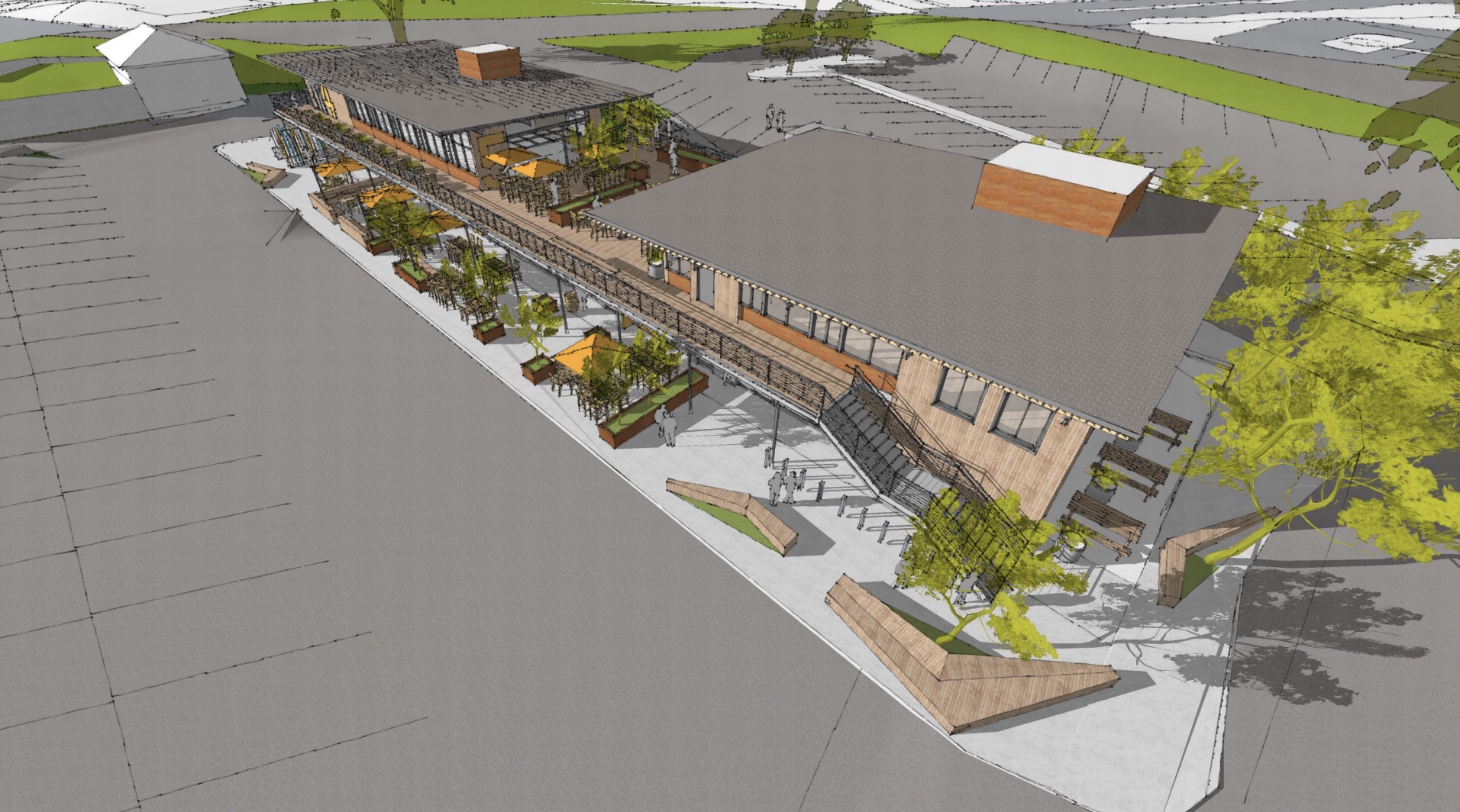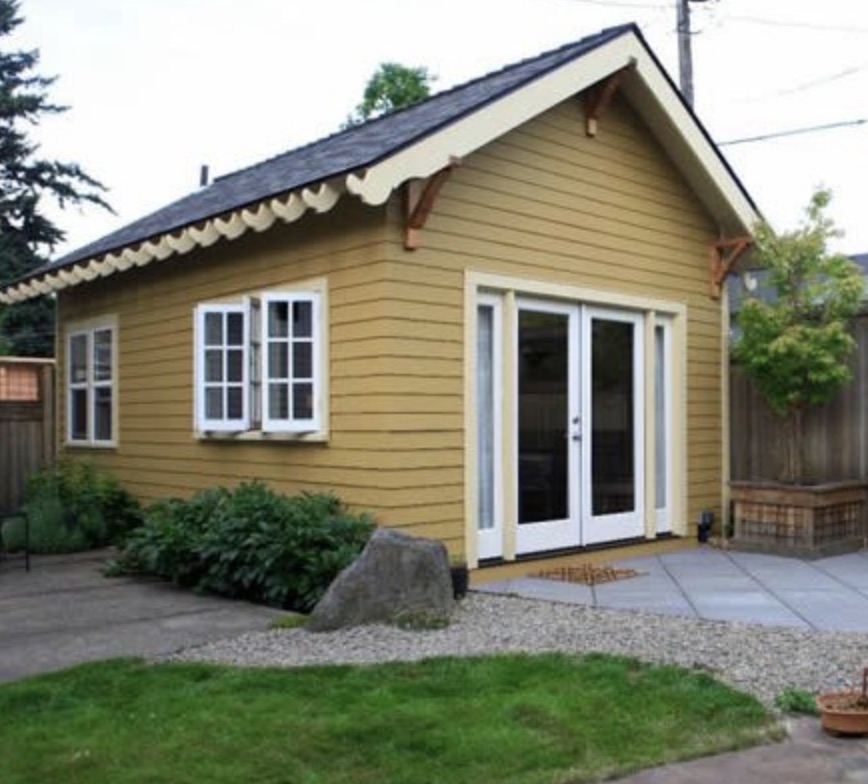|
Getting your Trinity Audio player ready...
|
OWN VOICE. ~ InPerspective by Gregg Dieguez —
The first half of this article was spoken during citizen comment on Oct. 20, 2020 at the HMB City Council. The full text was emailed to the Council and Planners following the session. Let’s see if it results in any change in the momentum to over-build HMB and further undermine the water security and affordability of HMB.
Footnotes: to use, click the bracketed number and then click your browser Back button to return to the text where you were reading.
Images: most will enlarge for improved readability in a new window when you click on them.
The new HMB LCLUP is missing only two things: Water and Money. It is good that the plan framework recognizes limits to growth, while trying to balance many competing interests. However, the plan’s reliance on SFPUC to meet dry-year water demands and assure that water rationing does not exceed 20 percent are optimistic, will be costly to current residents, and potentially fatal to HMB.
As several failed civilizations have demonstrated, planning must be based on water supplies during DROUGHT conditions. Even the 2015 CCWD Urban Water Management Plan[1] indicates it faces a 47% reduction in the 3rd year of a drought. However, since the fish got a good lawyer help to preserve the Tuolumne and other rivers, BAWSCA estimates drought year cutbacks stemming from implementation of the Bay Delta Plan would result in an even larger 56% cutback in years 1-3 of the next drought, and 68% in years 4-8.[2]
To understand the misery this would cause in a 4+ year drought, consider that with 15% of available normal water reserved for priority purposes[3], during a 68% cutback year, that would leave 32% of normal water supplies, minus 15%, or only 17% of water for residences and businesses in years 4 and thereafter of a long drought.
In recent history, California has already experienced 7 and 10 year droughts, with droughts of 140 and 200 years in the Middle Ages[4]. And those droughts were caused by naturally occurring Climate Change, rather than the more extreme human-caused Climate Crisis we now face. All over the county, cities are facing ‘500 year’ weather events. Houston had three 500 year storms in consecutive years, a probability of 8 in a Billion. The Climate Has Changed.
Note: there are ways to get more water, including half a dozen major water supply projects, costing over $2 Billion dollars, that SFPUC can undertake[5]. Those projects will take about 30 years to become operational. And they will result in markedly higher prices for water purchased via BAWSCA & SFPUC. In addition, residents can spend more money on water efficiency devices for homes and businesses, again with increased costs and decreased quality of life. As a result, even the limited growth allowed in the LCLUP will raise costs and undermine water and fire security, lifestyles, and affordability for all in HMB.
The climate has changed, and we need to plan for drought level water supplies, or HMB will not be an affordable and comfortable place to live. What should be done:
Delay the implementation and finalization of the LCLUP:
1. … until after the June, 2021 CWSD Urban Water Management Plan, which will include a better assessment of vulnerability.[6].
2. … until after the Bay Delta Plan lawsuits are resolved, and the capital projects to increase water supply (and cost) are planned, funded and scheduled. [In other words: Credible]
3. … until the impact of COVID-19 on our society’s work and recreation behaviors are understood.
4. Focus planning and expenditures on water supply and conservation, and delay any projects which consume water until items 1-3 above are resolved. Recycled water might make some sense…
The second major missing issue is Money. To date, residents have been subsidizing growth for the benefit of others. The LCLUP contains no governance to enforce fiscal sustainability on ‘development’. Mayors, town councilors and city managers have repeatedly told me that “growth does not pay for itself”, yet the LCLUP contains no provision to prevent residents from having to subsidize the costs of new developments. Before approval, any project undertaken needs to demonstrate that the incremental revenues and costs are in balance – including the costs of perpetual operation, maintenance, and asset replenishment funding for any infrastructure. Further, there needs to be an ongoing audit and restitution process to ensure that approved projects continue to be cost-neutral to residents, or compensate residents for any cost burdens. This process must also ensure that new developments are charged, up front, their pro rata share of the current replacement cost of the existing asset foundations they join (e.g. water, sewer, fire, police, town administration, schools). Then new joiners must join in and pay their fair share of those costs going forward.
Any planning document must be blended with an integrated financial assessment (model) of HMB’s revenues and expenses over the planning horizon. The assumptions underlying financial projections must be explicated and subject to sensitivity testing to understand how robust (or fragile) the fiscal sustainability of HMB is to changing conditions. Certainly a bevy of assumptions and projections will not guarantee the financial outcomes depicted. However, such a financial model will allow HMB to focus on the key drivers of fiscal sustainability it needs to control, or respond to, in its planning. The Money and the Plan are interdependent.
This LCLUP provides no fiscal sustainability analysis process for the revenues, direct costs, and perpetual asset burdens development projects create. Failure to do so is a failure of fiduciary duty to the citizenry, and will lead to those directly benefiting from new development being subsidized by all other residents. Finally, failure to link plans to money is just wishing and hoping, and not responsible planning and management.
Let’s hope Half Moon Bay leaders don’t leave the city high and dry…
FOOTNOTES:
[1] DROUGHT LEVEL WATER SUPPLIES:
Table 7-4, page 7-10 of Coastside County Water District 2015 Urban Water Management Plan (September, 2016)
[2] BAWSCA estimates impact of Bay Delta Plan
Table 2: Projected Supply and Demand Comparison Under Scenario 3 (Implementation of the Bay-Delta
Plan Amendment), page 12 of “Water Supply Reliability Information for BAWSCA Member Agencies’ Water
Supply Assessments”, June 27, 2019 letter from SFPUC to BAWSCA.
[3] Current Residents don’t have first priority on water:
Table 3-4.Reserved Water Supply for New Priority Uses, Chapter 3. Public Works of 2020 HMB LCLUP:
https://www.half-moon-bay.ca.us/DocumentCenter/View/3145/3-Public-Works_HMB-LCLUP_2020-Final-CCDraft_
Sept-2020 And residents should be concerned that THEY are not one of the top priorities of this plan.
[4] California Droughts in human history.
https://www.nytimes.com/1994/07/19/science/severe-ancient-droughts-a-warning-to-california.html
BEGINNING about 1,100 years ago, what is now California baked in two droughts, the first lasting 220 years and the second 140 years. Each was much more intense than the mere six-year dry spells that afflict modern California from time to time, new studies of past climates show. The findings suggest, in fact, that relatively wet periods like the 20th century have been the exception rather than the rule in California for at least the last 3,500 years, and that mega-droughts are likely to recur. Side Note: in the Paleo climate records, California droughts exceeded 1,000 years. Again, with only NATURAL climate change.
[5] Capital Projects to obtain more water…
“Water Supply Reliability Information for BAWSCA Member Agencies’ Water Supply Assessments”, June 27, 2019 letter from SFPUC to BAWSCA. Note that none of the cost, supply or duration estimates in that document are reliable, due to multiple remaining uncertainties. Expect less for more, taking longer.
[6] The NEXT Urban Water Management Plan will cover…
Under legislation adopted in 2018 (S.B. 606) future UWMPs will be required to project water supply availability during a minimum of 5 years of continuous drought (Water Code section 10631(b)(1)).
More From Gregg Dieguez ~ “InPerspective”
Mr. Dieguez is a native San Franciscan, longtime San Mateo County resident, and semi-successful, semi-retired entrepreneur who causes occasional controversy on the Coastside. He is now a candidate for the MCC. In 2003 he co-founded MIT’s Clean Tech Program here in NorCal, which became MIT’s largest alumni speaker program. He lives in Montara. He loves a productive dialog in search of shared understanding.







No LUP should have anything at all about funding or money. They are policy documents, with possible implementation suggestions. Funding and money are primarily political decisions related to implementation.
As to water, the LUP has substantial information and references to water availability (and lack thereof for full buildout).
Dave, you’re an expert around here on plans, so maybe you can pen a reply or an article explaining how plans uncoupled to reality are “plans” and of any use. The point in my article could have been better footnoted, but per page 3-8 of the LCLUP “SFPUC’s commitment to supply water to BAWSCA member agencies including CCWD is supported by steps taken through its Water System Improvement Program to meet dry-year demands and assure that rationing does not exceed 20 percent”. Now, that has been countermanded by the CCWD UWMP since 2105 as I note in footnote 1 – a 47% reduction is their estimate in Year 3 of a drought, and – as the article points out – there are potential 56% and 68% reductions for YEARS – until either new supply (and costs!) come on line (in 30 years?), or the lawsuit is resolved more favorably for the county water agencies.
So the LCLUP authors made a point of coupling their LCLUP ‘plan’ to Public Works in Chapter 3, but seem to have avoided doing so properly.
As far a Money goes, even the CTC tried to mention money – albeit incompletely. I could understand if someone said “Well, we have to have a vision before we can have a plan. Then, after we have the Vision, we’ll see what’s feasible. And get the money.” But in my background, a plan includes Resources (and Dates), and this plan is omitting the fiscal sustainability of its intended actions. While you may not be able to have SPECIFIC financials until you have Specific Building Applications for Permits, at LEAST I would think a good Policy document would detail that the fiscal impact must be within some policy boundaries (just as it details environmental boundaries). And I’m suggesting that the impact be fiscally neutral to existing residents as a proper policy guideline, and further, that the planning horizon for projects which rely on public works infrastructure be Perpetual.
But, please, take the time to describe your knowledge and thoughts on the value of an LCLUP and how it should best be produced, and why (e.g. to what benefit).